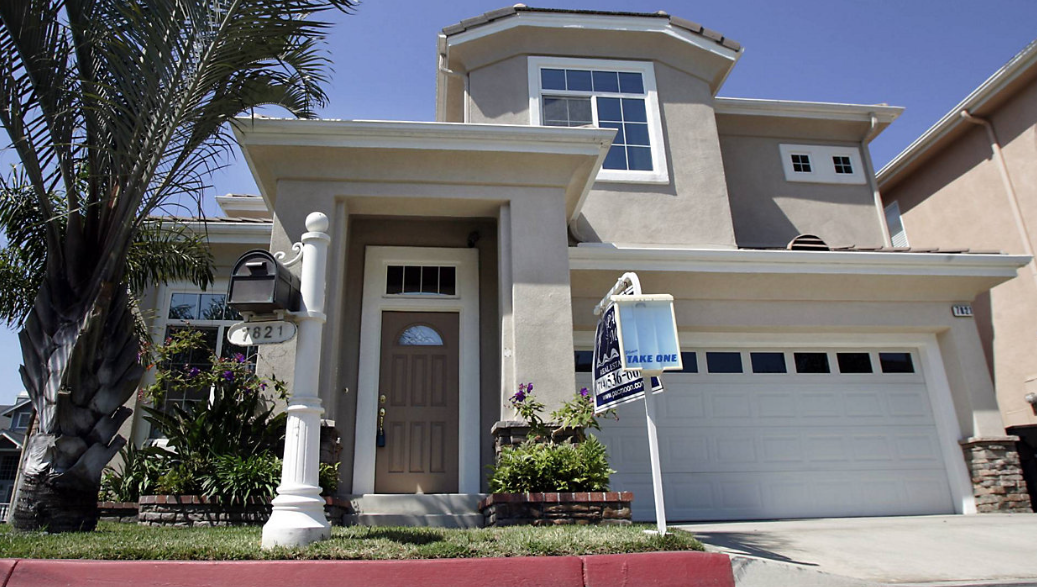CommentsCA HOUSING POLICIES-California had a huge and growing housing problem before COVID-19 reared its ugly head 18 months ago, falling well short each year of state construction goals.
The pandemic, which continues to flare up, “exacerbated a long-standing housing shortage, intensified a statewide affordability crisis, and provoked housing instability,” the new state budget declares.
While suddenly unemployed workers struggled, and often failed, to make their monthly payments, the prices for homes soared, freezing out many who aspired to ownership.
The budget projects that California will add, at best, about 100,000 housing units this year, which is scarcely half of the 180,000 units state housing authorities say are needed to meet current demand and reduce the backlog. And that projection did not take into account the current COVID-19 surge.
The Legislature has reconvened after its summer vacation and is sprinting toward adjournment in mid-September. Housing is, or should be, at the top of its agenda.
While many factors affect the housing shortage, the most important is the reluctance of suburban communities to embrace multi-family housing projects, particularly those for low- and moderate-income renters.
Dubbed “not-in-my-backyard,” or NIMBY, it is by no means a recent phenomenon. One could trace it back to the anti-Asian exclusion laws of the 19th century, and 20th century anti-okie laws and whites- and Christians-only deed covenants.
As California’s population exploded after World War II, some rural communities attempted to avoid becoming commuter suburbs. When Petaluma adopted a strict growth control law in the early 1970s, developers sued and the case went all the way to the U.S. Supreme Court, which allowed Petaluma’s law to remain in effect.
The state has made multiple attempts to overcome NIMBYism, such as imposing residential zoning quotas on regions and cities. Recent versions contain some penalties for cities that ignore their quotas and the state sued one city, Huntington Beach, for ignoring its quota.
One of the state’s many anti-NIMBY actions is the Housing Accountability Act, first enacted in 1982 and later tightened up. It essentially bars local governments from arbitrarily blocking housing projects that are “consistent with objective local development standards.”
Citing the law, pro-housing organizations have been challenging local governments when they reject low- and moderate-income projects and two cases are looming as tests of the law’s efficacy.
One is in Huntington Beach, which rejected a 48-unit project. The California Renters Legal Advocacy and Education Fund (CaRLA) sued but a local judge ruled for the city, declaring that it had valid reasons, such as increased traffic, to deny a permit for the project.
CaRLA is also suing San Mateo, which imposed stringent design requirements on a 10-unit project that its developers said were onerous. Once again, a local judge ruled for the city and even questioned whether the Housing Accountability Act can be constitutionally applied to a charter city under the home rule doctrine.
Both cases are headed up the legal appeals chain and state Attorney General Rob Bonta is intervening in the San Mateo case to defend the law’s application.
That brings us back to the final weeks of the legislative session and two highly controversial anti-NIMBY measures. Senate Bill 9 is the latest effort by Senate President Pro Tem Toni Atkins to allow small multi-family projects on lots zoned for single-family homes, while SB 10 would allow local governments to approve up to 10 units of housing on any lot, regardless of current zoning, near transit.
Whether they pass or fail will tell us much about the direction of housing policy as California’s crisis continues.
(Dan Walters has been a journalist for nearly 60 years, spending all but a few of those years working for California newspapers. Walters has written about California and its politics for a number of other publications, including The Wall Street Journal and the Christian Science Monitor. Dan Walters is a writer for CalMatters where this story was first published.) Prepped for CityWatch by Linda Abrams.















